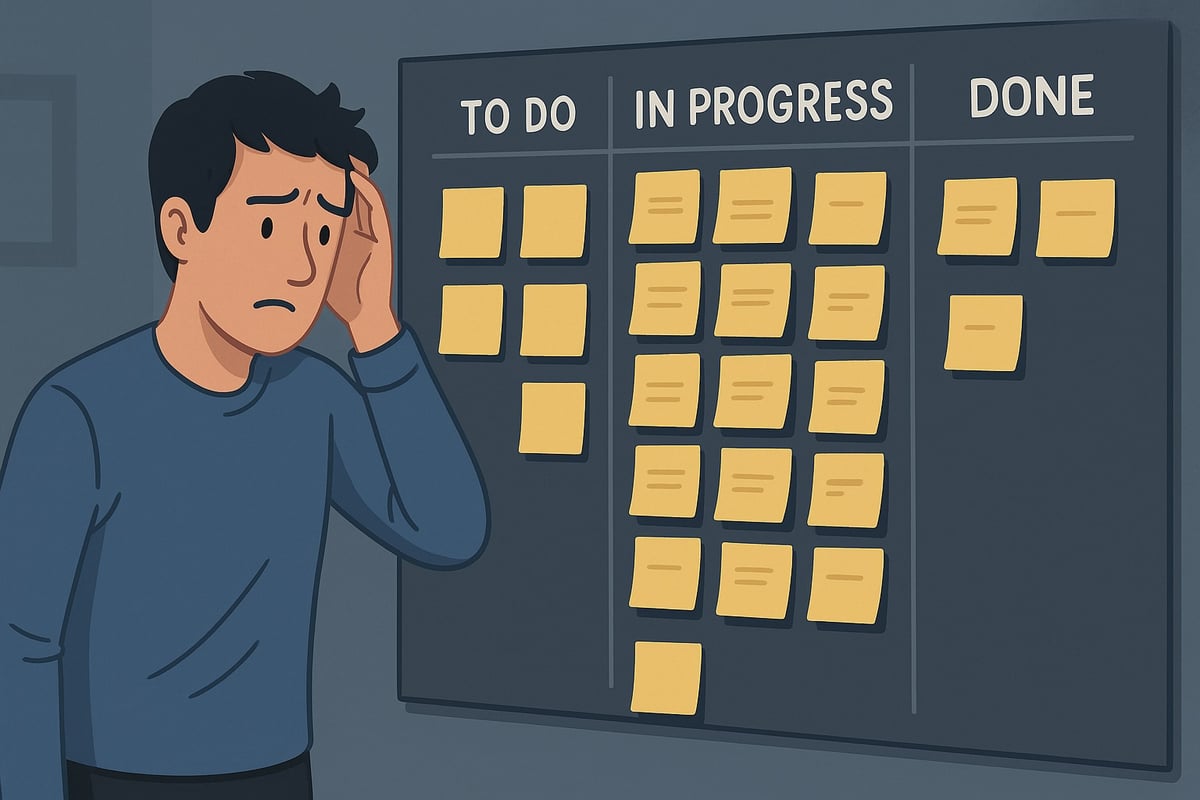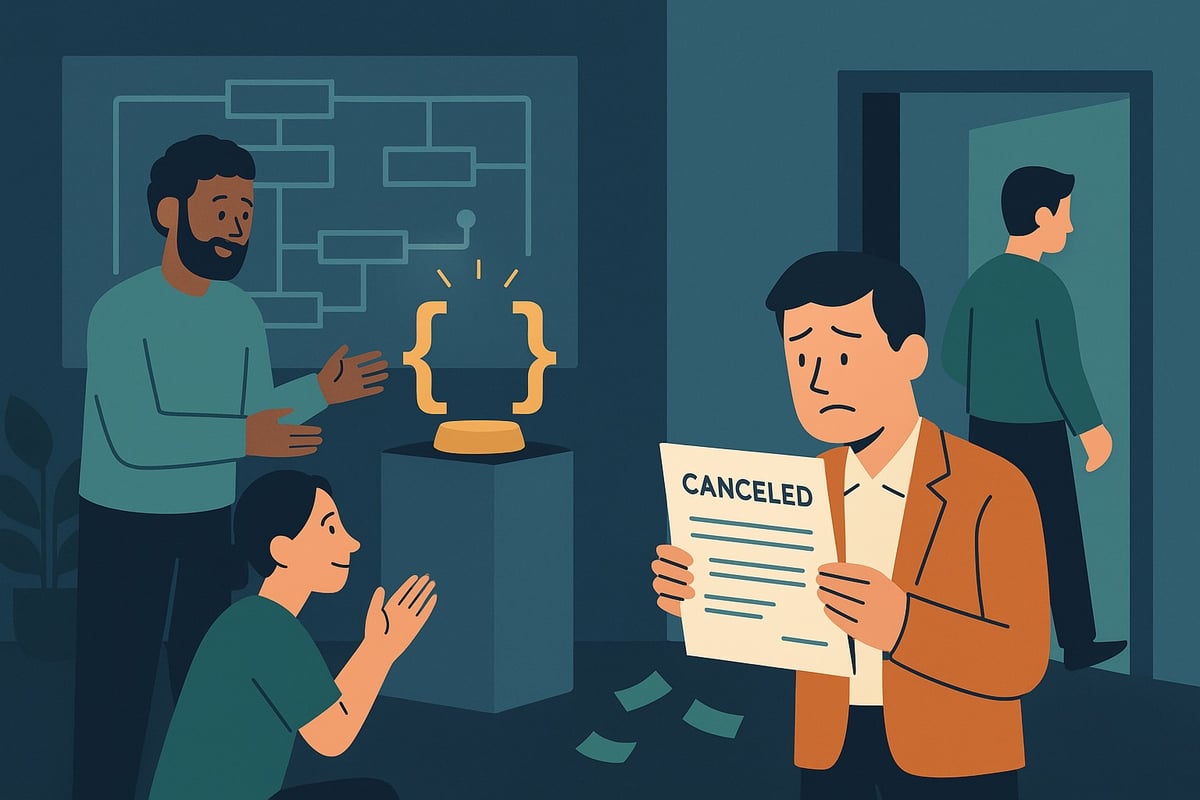Here’s the uncomfortable truth engineering leaders know but rarely admit: Your team is drowning in meetings, and it’s killing their ability to ship code.
The average software developer loses 35% of their productive time to meetings. For engineering managers, that number jumps to 50%. And executives? They’re spending a staggering 23 hours per week in meetings, up from just 10 hours in the 1960s.
Let that sink in. Nearly half your team’s capacity evaporates into conference rooms and Zoom calls, with only 30% of those meetings actually productive.
But here’s what separates high-performing engineering organizations from the rest: They’ve cracked the code on strategic meeting design. They’ve learned to treat meeting time as the scarce resource it is, implementing frameworks that reclaim hours of deep work while actually improving team alignment and communication.
The Hidden Cost of Meeting Overload
The meeting epidemic didn’t happen overnight. It’s the compound effect of good intentions gone wrong. The daily standup that expanded to 30 minutes, the “quick sync” that became a recurring series, the stakeholder update that somehow requires the entire engineering team.
The numbers paint a stark picture:
- Middle managers lose 50% of their time to meetings
- Individual contributors sacrifice 30% of their productive hours
- Remote work has made it worse, with 70% of employees reporting increased meetings
- A typical 30-minute meeting with 8 people costs between $700-$1,600 in engineering time
But the real cost isn’t just time, it’s the destruction of flow state. When developers average only 2 hours of uninterrupted coding time per day, complex problems stay unsolved, technical debt piles up, and your best engineers start polishing their LinkedIn profiles.
The Strategic Meeting Framework That Works
The solution isn’t eliminating all meetings, it’s being ruthlessly strategic about which ones survive. High-performing teams have discovered patterns that maximize value while minimizing disruption:
1. The Power of No-Meeting Days
Companies implementing dedicated no-meeting days see immediate results:
- One no-meeting day per week drives 35% productivity increases
- Two no-meeting days can achieve 71% productivity gains
- MIT Sloan research found significant improvements in autonomy, satisfaction, and communication
Meta, Atlassian, and Asana have all embraced this approach, with engineers reporting dramatic improvements in their ability to tackle complex problems.
2. Optimal Meeting Patterns
Not all meetings are created equal. Here’s what the data shows about meeting effectiveness:
Weekly 1:1s: The single highest-impact meeting type
- Optimal duration: 60 minutes
- Focus: Career development, blockers, and strategic alignment
Daily Stand-ups: Keep ‘em truly daily and truly standing
- Hard limit: 15 minutes (engagement drops 47% after this threshold)
- Anti-pattern: Turning them into status reports or problem-solving sessions
Sprint Planning: Follow the 1-2 hours per week of sprint formula
- Two-week sprint = 2-4 hours of planning session
- Include break time to maintain focus
3. The 25-Minute Default
Here’s a simple hack that recovered 16% of meeting time at one Fortune 500 company: Default all meetings to 25 or 50 minutes instead of 30 or 60. This builds in transition time and forces tighter agendas.
4. Asynchronous Alternatives
Research shows that 70% of meetings can be replaced with async communication. Before scheduling that next sync, ask yourself:
- Could this be a Slack thread?
- Would a Loom video accomplish the same goal?
- Can we use a shared document for feedback?
Learning from the Masters: How Top Companies Do It
The world’s most successful tech companies didn’t stumble into meeting efficiency, they engineered it.
Shopify’s “Chaos Monkey” Approach
In 2023, Shopify deleted 12,000 recurring meeting series overnight, saving 322,000 hours annually. They implemented:
- Three-person meeting limits for 99% of meetings
- No meetings on Wednesdays
- Automatic deletion of large recurring meetings
The result? No productivity drop-in fact, shipping velocity actually increased.
Amazon’s Two-Pizza Rule
Jeff Bezos famously created the two-pizza rule: No meeting should include more people than two pizzas can feed (6-8 people). Combined with their written narrative requirement, this keeps meetings focused and decision-oriented.
Google’s “No Agenda, No Attenda”
Google requires all meetings to have:
- Clear agenda shared 24 hours in advance
- Designated decision maker
- Action items with owners
- Meeting notes accessible to all stakeholders
Remote-First Success Stories
The rise of distributed teams has proven that fewer meetings can mean better results:
- GitLab: Fully remote since 2011, achieved $11 billion valuation after IPO
- Automattic: 2,000+ employees across 90+ countries, no office, $3 billion valuation
- Spotify: “Work from Anywhere” policy led to 27% revenue growth
These companies prove that strategic meeting reduction isn’t just possible, it’s a competitive advantage.
Your 6-Month Implementation Roadmap
Ready to reclaim your team’s time? Here’s my battle-tested roadmap:
Weeks 1-2: Assessment and Audit
- Run a meeting audit using calendar analytics
- Calculate actual meeting costs (number of attendees × hourly rate × duration)
- Survey team on meeting effectiveness
- Identify your “zombie meetings” (those recurring ones with no clear value)
Weeks 3-4: Quick Wins
- Implement one no-meeting afternoon per week
- Change default meeting durations to 25/50 minutes
- Require agendas for all meetings
- Cancel all meetings with 8+ attendees (reschedule with smaller groups if needed)
Months 2-3: Systematic Changes
- Introduce meeting-free days (start with one, expand based on results)
- Create decision frameworks (who needs to be consulted vs. simply informed)
- Train facilitators on effective meeting management
- Implement asynchronous updates for status reporting
Months 4-6: Cultural Transformation
- Make meeting costs visible (display cost calculator in calendar invites)
- Celebrate meeting reduction wins publicly
- Create “meeting escape hatches” (permission to decline without explanation)
- Establish quarterly meeting purges
The Choice Is Yours
Every day you delay implementing strategic meeting practices is another day your team operates at 60% capacity. Another day your best engineers spend more time talking about work than actually doing it. Another day your competitors who’ve mastered meeting discipline pull further ahead.
The companies that’ll win in the next decade won’t be those with the most meetings, they’ll be those who’ve learned to maximize deep work while minimizing shallow coordination.
The question isn’t whether you can afford to restructure your meeting culture. It’s whether you can afford not to.
What zombie meeting will you kill first?
Want to dive deeper into optimizing your engineering team’s performance? Check out our guides on effective engineering OKRs and scaling your engineering team strategically.








